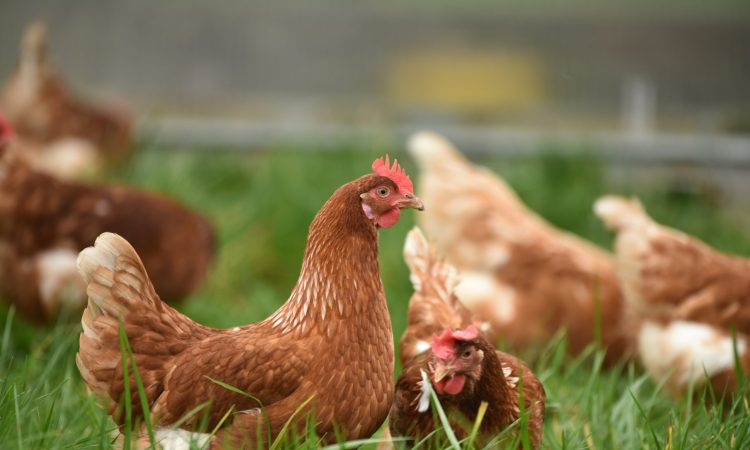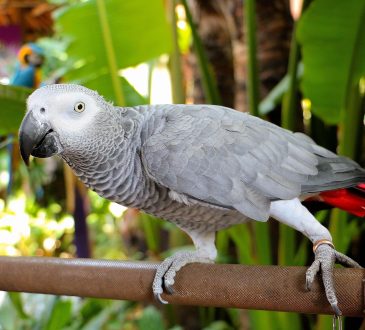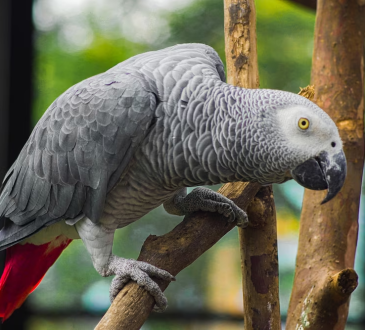
Raising chickens on a poultry farm is a challenge but nevertheless a rewarding venture. The dedication and proper management efforts genuinely pay off. Many poultry farmers focus on the basics of feeding, housing, and disease control, but you will be surprised to know that training of fowls can enhance their productivity. Besides, it can improve their well-being and make daily operations more efficient.
Chickens are an important part of community living as they are an important source of protein rich eggs. Let’s explore the importance of training fowls, what tasks to train them for, and effective techniques to achieve successful training.
Importance of Training Chickens
Here are some key reasons why training hens is beneficial:
● Improved Productivity
Training chickens to respond to certain cues or commands can streamline daily operations. For example, hens wander around, and you need to find them to collect eggs. However, when you teach them to return to the coop at a specific time, it will allow you to collect eggs efficiently. You also save time spent searching for these wandering birds.
● Reduced Stress Levels
In general, hens run away when humans approach. Nevertheless, when you train fowls to be comfortable with human interaction, they will generally feel less stressed. This can have a positive impact on their overall health and egg-laying capabilities. Moreover, less stressed chickens are more resilient to diseases.
● Enhanced Safety
Training chickens to recognize and avoid potential dangers can prevent injuries and losses. For instance, teaching them to stay away from certain areas or not to peck at specific objects can minimize the risk of accidents.

Tasks to Train Chickens For
Let’s understand the specific tasks that can be beneficial for poultry farmers:
1. Basic Commands
Start with basic commands like calling them to eat grains or guiding them to the coop. Use vocal hints consistently and support positive behavior with treats to establish a connection between the command and the desired action.
2. Crate Training
Crate training is valuable, especially when transporting chickens. If they are familiar with entering and staying in crates, the process of moving them for veterinary check-ups or transport becomes less stressful.
3. Egg Collection Routine
Establish a routine for egg collection and train chickens to lay eggs in chosen nesting boxes. It makes the task of searching for eggs throughout the poultry house less time-consuming. It reduces the probability of eggs being laid in undesirable locations.
4. Human Interaction
Spend time in the poultry house, speaking gently to the birds and offering treats. This will create a positive association with human contact, lessening their fear and stress levels.
Effective Training Techniques
Here are some effective techniques to make training more effective:
- Positive Support
Use treats, such as mealworms or seeds, to reward chickens for following your commands or displaying positive behavior.
- Consistency:Fowls need routine and repetition to get familiar with, so use the same commands and gestures consistently and follow through with rewards or corrections every time.
- Short Training Sessions:Fowls have a limited attention span, so break the training into brief sessions to help them stay engaged and retain the information more effectively.
- Patience:Hens may take time to connect actions with specific cues. So, be patient and persistent in your training efforts.
Conclusion
Training chickens on a poultry farm is a valuable practice that can enhance productivity, reduce stress, and improve overall well-being. Employ the above tips and techniques to ensure successful training efforts. Ultimately, investing time and effort into training hens will pay off in terms of a more manageable and productive poultry operation.




